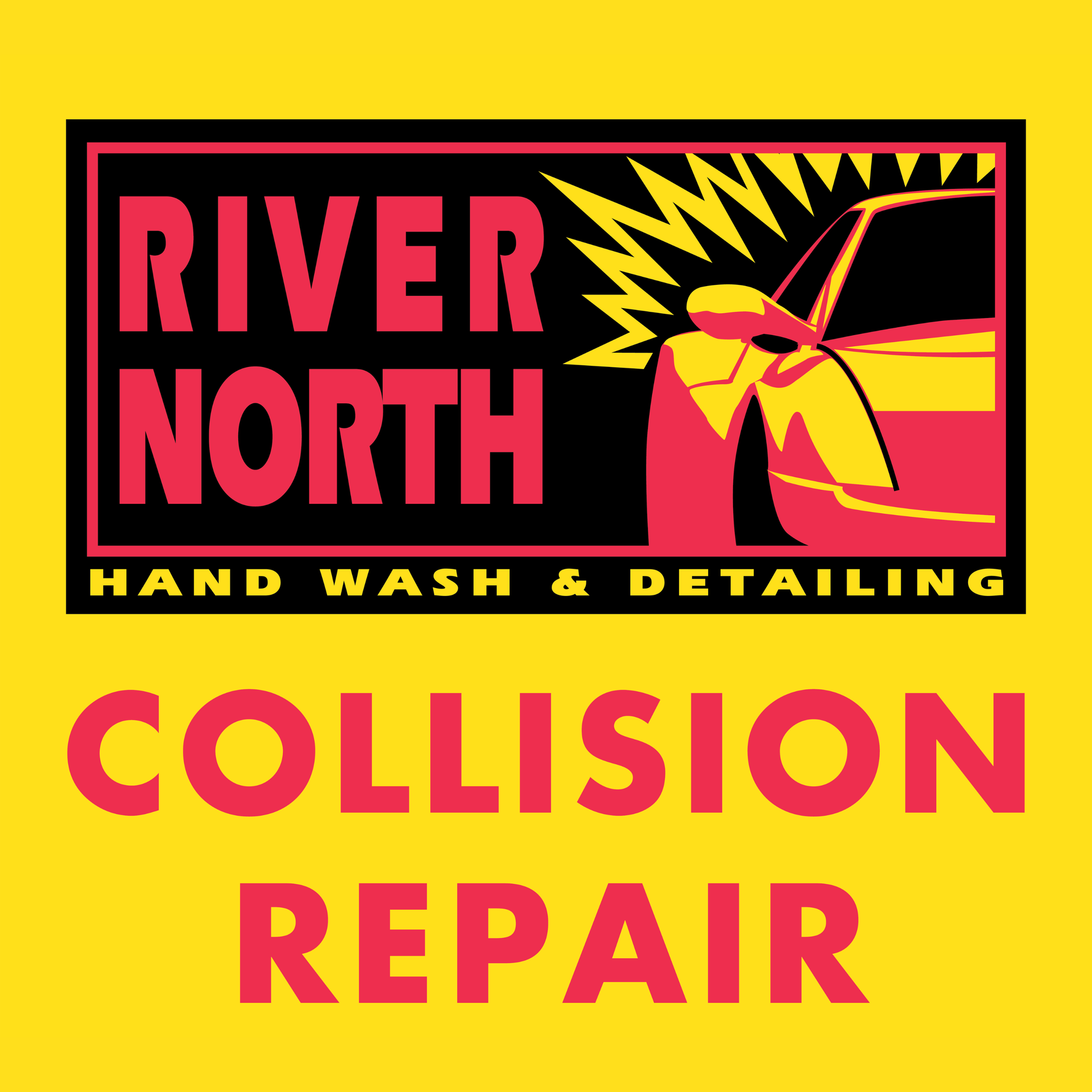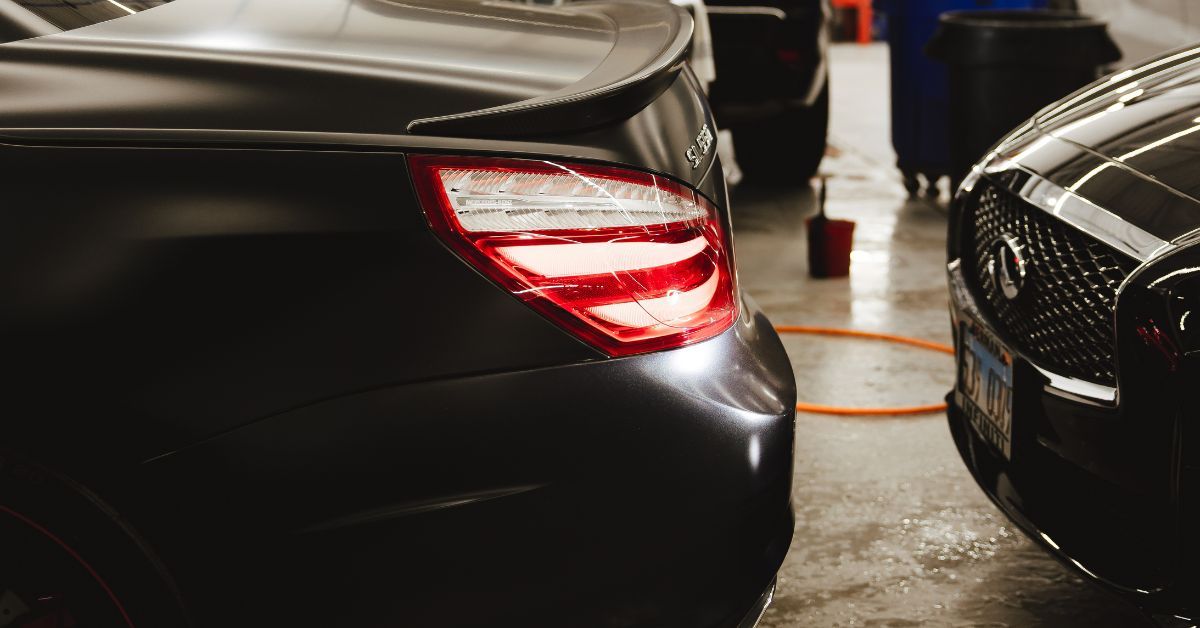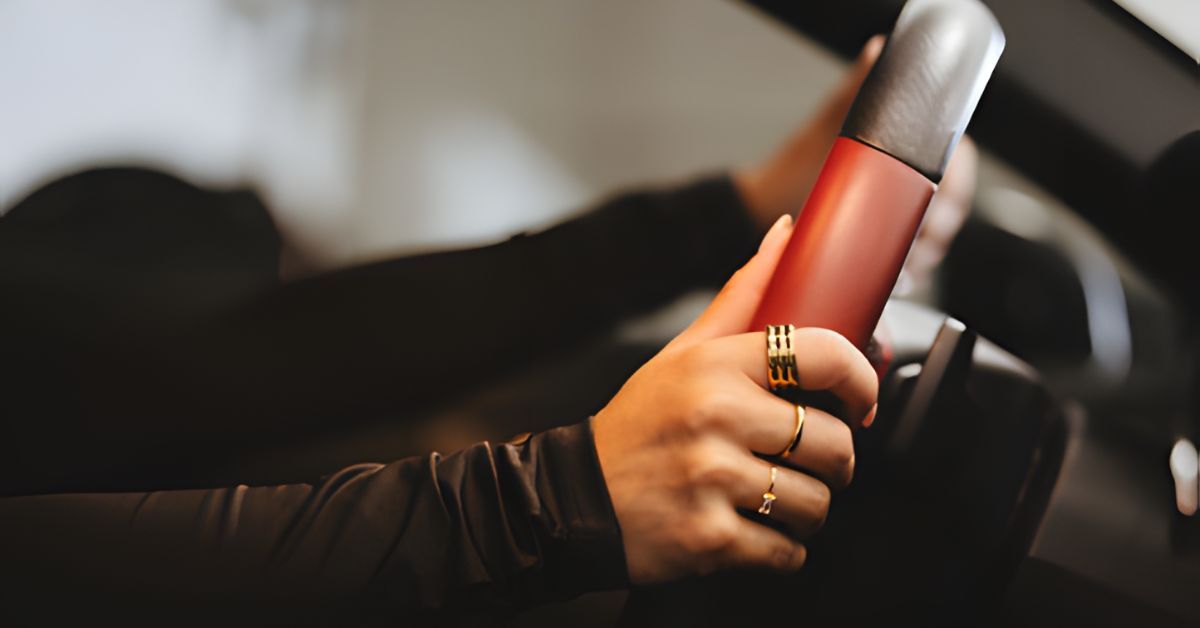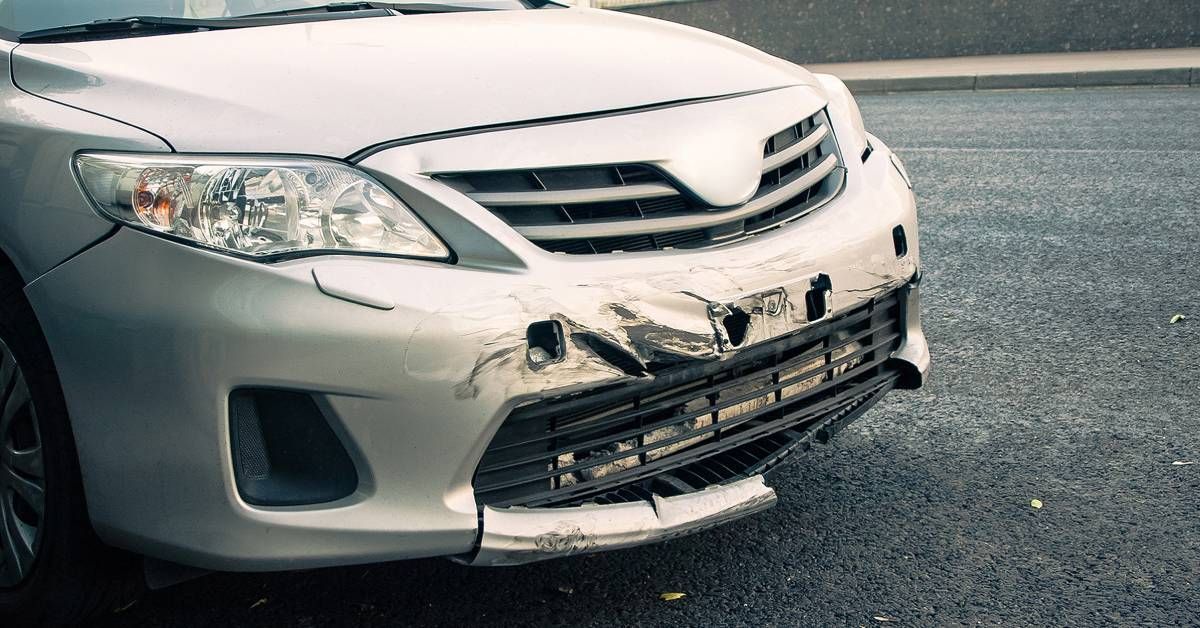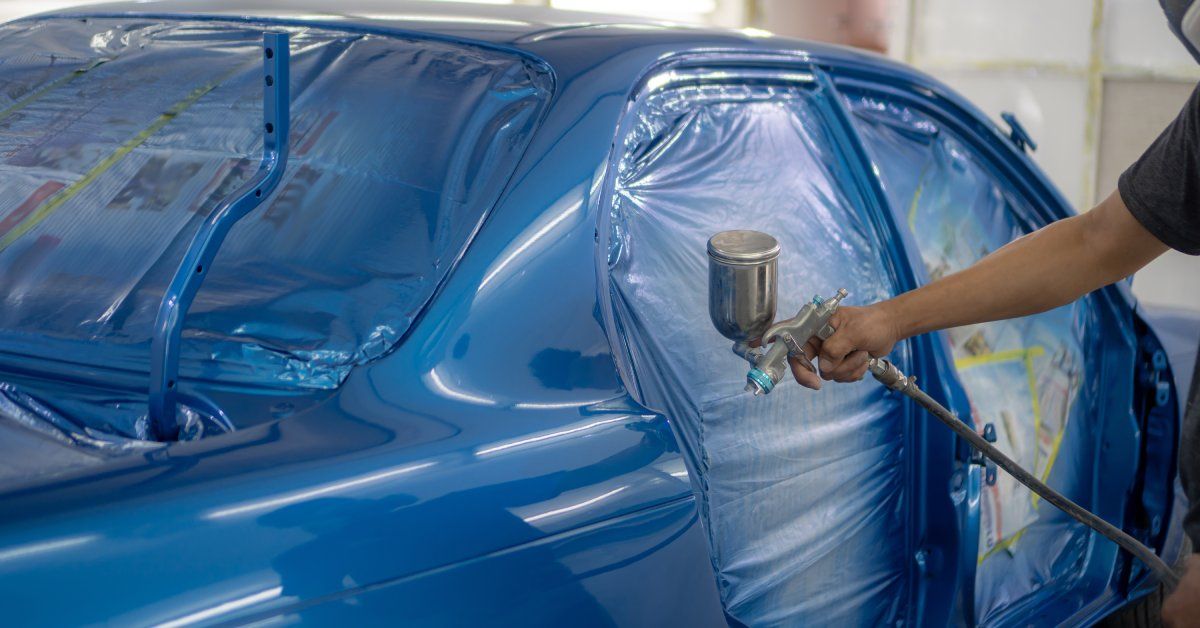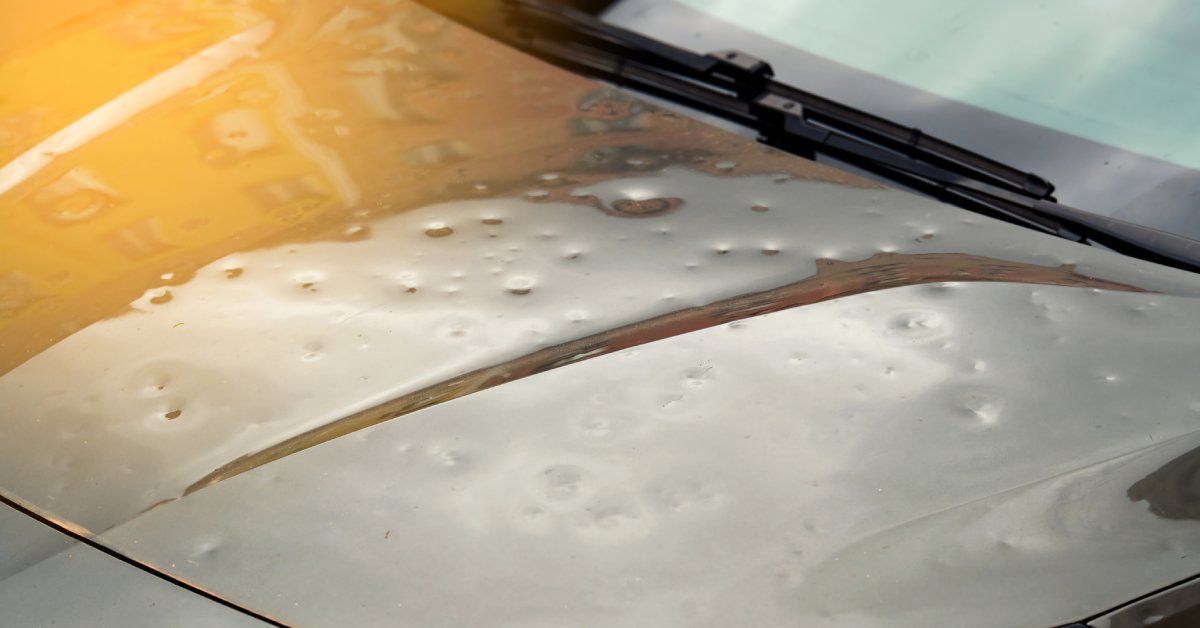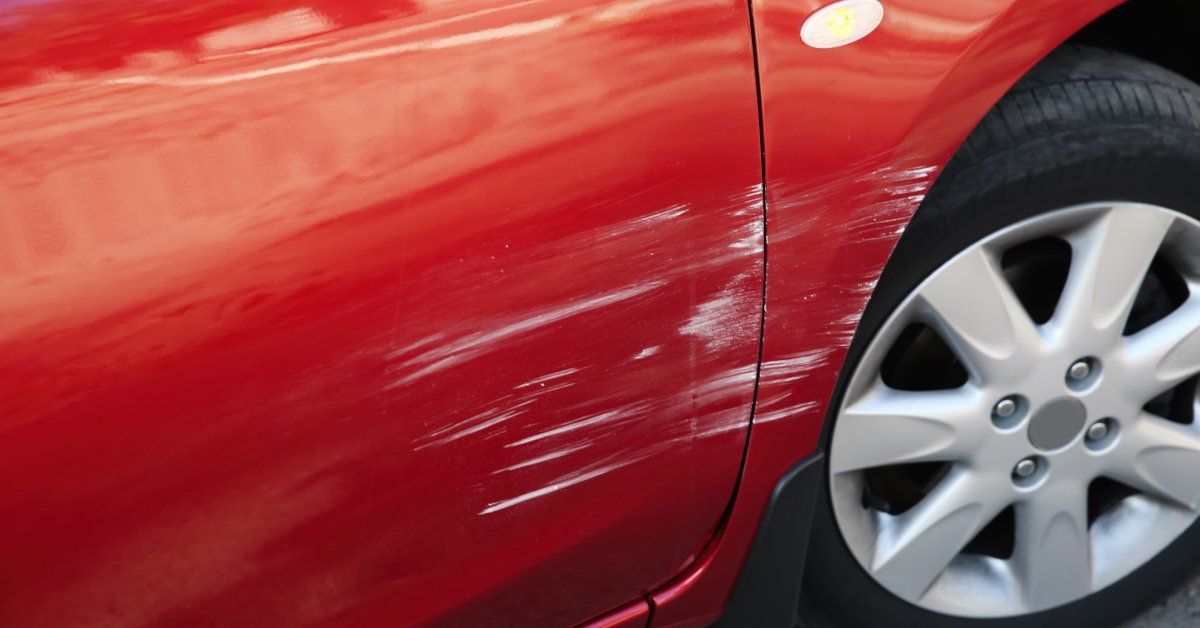What To Do When You Hit a Deer: 4 Steps To Follow
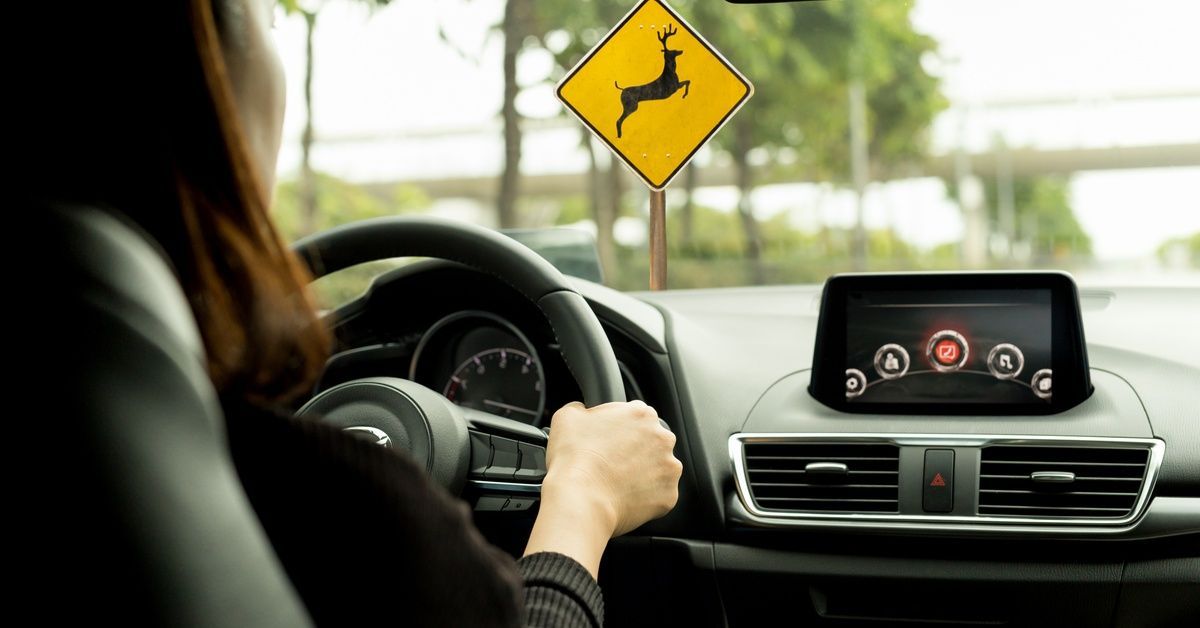
Driving can be a relaxing experience until the unexpected happens. Hitting anything can be stressful, but hitting a deer is particularly shocking; it leaves people wondering what to do next. Whether you’re concerned about the extensive damage to the vehicle or the welfare of the deer, knowing the steps to follow when you hit a deer is helpful information.
The Importance of a Quick Response
Reacting quickly and calmly is essential after a collision because it can prevent additional accidents and reduce the severity of the situation. Your primary focus should be keeping yourself and others safe.
1. Assess Your Safety
You should always prioritize the safety of you and those around you. If possible, pull over to the side of the road to remove yourself from the path of oncoming traffic. If it is not safe to leave the car, such as being unable to move your vehicle off the road, stay where you are.
Exiting the vehicle might put you in harm’s way, so it’s best to stay inside the car until emergency services arrive. If the accident happens at night, visibility is low, so be extra cautious when navigating around your car. Proceed by calling emergency services.
2. Evaluate the Scene and Your Vehicle
Once you’re certain you and any passengers are safe, you can start to assess the situation. After emergency services arrive, they will redirect traffic to ensure your safety and allow you to exit the vehicle.
Once you are out of the car, take photos of the car’s damage and the accident scene. This will help you with the documentation for an insurance claim. The windshield and grill usually absorb the brunt of the collision, so they typically receive the most damage.
3. Notify Your Insurance Provider
One of the most important steps is contacting your insurance company promptly to discuss your coverage and initiate a claim. Provide details of the accident with your insurer, including photos, police reports, and any witness statements that were taken at the scene of the accident.
Damages from hitting a deer typically fall under comprehensive coverage, so confirm the specifics of your insurance plan to be aware of what is covered. Timely reporting minimizes potential disputes and complications, ensuring a smoother claim process.
4. Repair and Reflect
After hitting a deer, the next step to follow is to take your vehicle to a trusted body repair and paint service. Ignoring even minor damage from a deer collision can lead to more significant, costly issues later on, such as misaligned frames, paint damage, and broken lights. These can lead to large problems that will need more extensive repairs in the future.
For the best bumper repair in Chicago , come to River North Collision Repair. Our trusted team can repair the damage from your accident and take the first step toward restoring your vehicle.
